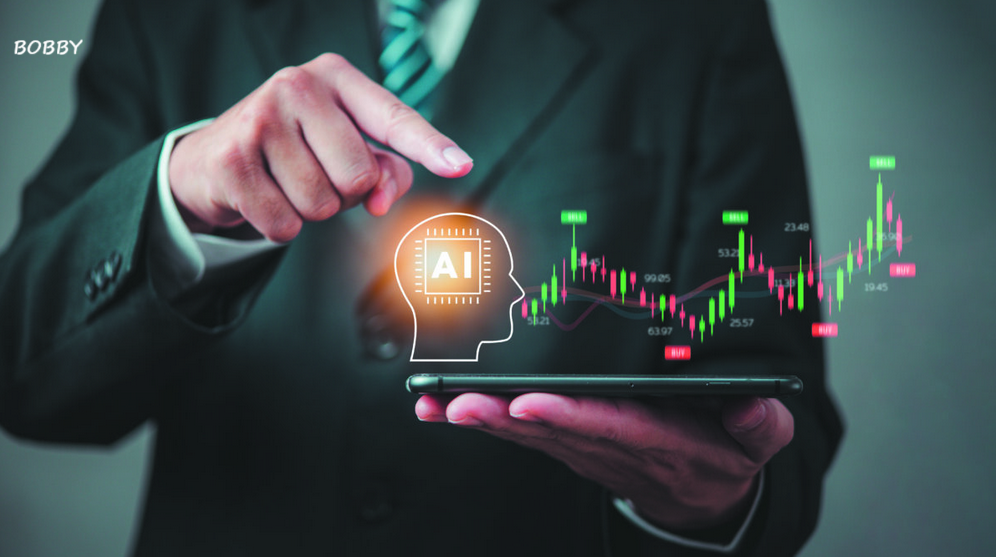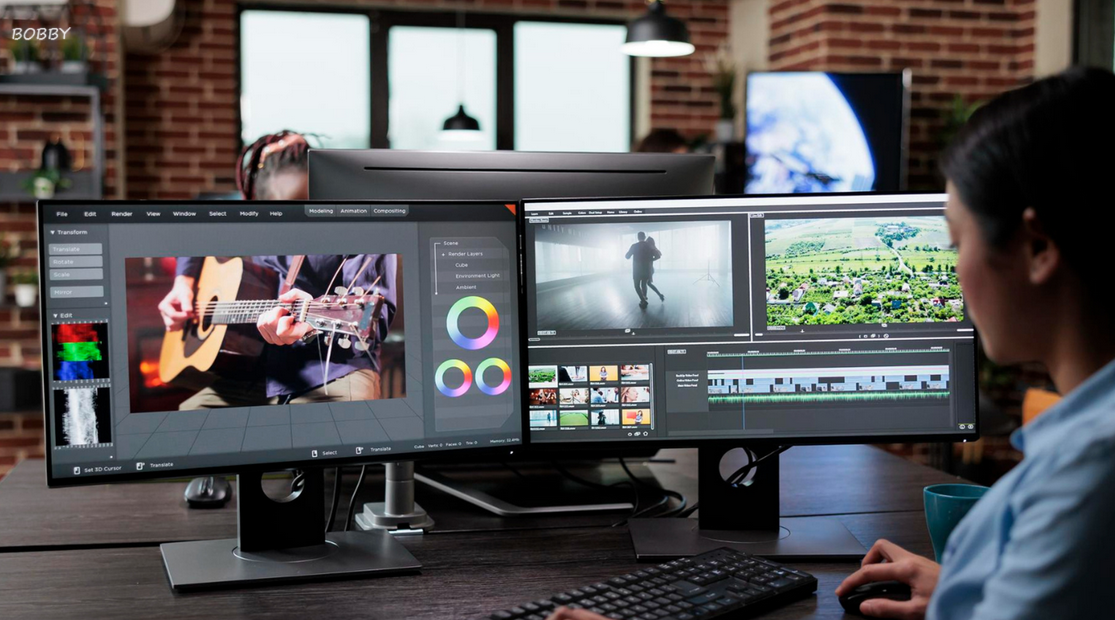In today’s digital economy, the term “technology platform” is used everywhere — from mobile apps to AI tools, cloud systems, and even hardware. But with such broad use, the term has lost its precision. What truly defines a platform that drives real economic power and technological transformation?
A new concept called Compounders offers a clearer answer. Compounders are not just tools or products — they are complete ecosystems that integrate hardware, software, and third-party innovation. These platforms generate value continuously, reinforcing their position in the global tech landscape.
What Are Compounders?
A Compounder can be described as the foundation where technology, innovation, and business converge. It represents the combination of:
-
Dedicated Hardware – The physical component that anchors the platform (for example, the iPhone for mobile computing).
-
Specialized Software – The optimized operating system that powers the hardware (such as iOS).
-
Third-Party Ecosystem – A large developer community that builds on top of the platform (for instance, the App Store).
When these three layers come together, they create an ongoing cycle of growth. The hardware enables software, the software attracts developers, and the developers create tools that enhance the platform’s value — resulting in exponential innovation.
This model explains why certain companies dominate their industries for decades. The economic and technological strength doesn’t come from a single product — it comes from building a compound ecosystem that others depend on.
Why This Distinction Matters
Technologies like edge computing, AI chips, or advanced materials are revolutionary. But the value they generate often flows through Compounders — the platforms that integrate and commercialize them. These platforms are where power, profit, and influence accumulate.
For investors and innovators, understanding which companies are building Compounder ecosystems is crucial. These are the players shaping the next generation of global markets.
The $6–8 Trillion Opportunity: The Ten Compounders
The rise of Compounders represents an estimated $6 to $8 trillion opportunity by 2035. Experts divide these platforms into four maturity levels, based on readiness and scalability.
Level 1: Ready for Commercial Deployment (2025–2027)
These are mature technologies already generating significant revenue.
Examples: Industrial automation, cloud infrastructure, and AI-driven software.
Level 2: Scaling to Mass Adoption (2027–2032)
Technologies at this stage are proven and entering large-scale deployment.
Examples: Electric vehicles, metaverse platforms, and extended reality (XR) applications.
Level 3: Emerging Business Applications (2028–2035)
Innovations moving from research to real-world commercial uses.
Examples: Quantum computing for enterprises, AI-led healthcare systems.
Level 4: Long-Term Transformation (2030–2035)
Highly speculative but potentially world-changing technologies.
Examples: Brain-computer interfaces, humanoid robotics, and advanced synthetic biology.
Each level offers different risk-reward profiles. A diversified investment approach across multiple levels can balance stability with long-term growth potential.
A Glimpse of the Future: A Day in 2035
Imagine a day in 2035 — where all Compounder technologies work together seamlessly:
-
7:30 AM: Your AI health assistant, connected to advanced wearables, tailors your breakfast and health plan while your AR glasses display personalized news.
-
9:30 AM: Your autonomous vehicle drives you to work while a quantum-powered investment agent manages your portfolio in real-time.
-
12:00 PM: In a holographic meeting room, you share financial models instantly with colleagues through a brain-computer interface.
-
6:30 PM: Your humanoid digital twin attends a tech conference while you collaborate remotely with AI and human teammates.
-
7:30 PM: You board a flying drone taxi that takes you home in minutes — your home systems already syncing with your digital assistant for the evening routine.
This isn’t science fiction — it’s the logical result of technologies merging within unified platforms. When AI, robotics, quantum systems, and smart hardware reinforce each other, they create new ways of working, living, and interacting.
Building an Investment Portfolio Around Compounders
Investors can position themselves strategically by aligning portfolios with Compounder maturity levels.
Level 1 – Immediate Entry (50% Allocation)
-
Public Companies: NVIDIA (NVDA), Microsoft (MSFT), ABB, Fanuc
-
ETFs: Technology Select Sector SPDR (XLK), ROBO Global Robotics (ROBO)
These firms represent established, revenue-generating Compounders with strong foundations in AI and automation.
Level 2 – High Growth (35% Allocation)
-
Public Companies: Apple (AAPL), Meta (META), Tesla (TSLA)
-
ETFs: Global X Autonomous Vehicles (DRIV), Roundhill Metaverse (METV)
This category focuses on rapidly scaling platforms that integrate mobility, social ecosystems, and immersive computing.
Levels 3 & 4 – Transformational Bets (15% Allocation)
-
Public Companies: IBM (IBM), IONQ (IONQ)
-
ETFs: Defiance Quantum (QTUM), Procure Space (UFO)
These investments target frontier technologies — including quantum computing, space systems, and advanced AI architectures — with long-term disruptive potential.
Managing Key Risks
Every major innovation cycle carries inherent risks. The most critical include:
-
Regulatory Delays: Self-driving cars and AI systems may face multi-year approval barriers.
-
Technical Challenges: Quantum computing and advanced robotics may face fundamental physical limitations.
-
Geopolitical Tensions: Semiconductor restrictions and trade barriers could impact all Compounders.
-
Competitive Disruption: Emerging platforms may quickly overtake established leaders.
Diversification across multiple technology levels and regions helps reduce exposure while maintaining upside potential.
The Three Waves of Transformation
The next decade will unfold in three major waves that define the evolution of Compounders.
Wave 1 (2025–2027): Automation and AI Integration
AI agents, digital assistants, and industrial robots are revolutionizing productivity. Companies like OpenAI and ABB are already generating billions from AI-driven automation.
Wave 2 (2027–2032): The Immersive Revolution
Autonomous vehicles, AR/VR platforms, and metaverse environments enter mass adoption. Early movers like Waymo and Meta are shaping this new digital ecosystem.
Wave 3 (2030–2035): Intelligence Convergence
Quantum computing, brain-computer interfaces, and AI orchestration platforms converge — creating systems capable of solving problems once thought impossible.
The companies leading this phase will command unmatched competitive advantages and long-term economic dominance.
Why Timing Matters
Technology platforms don’t share success — they monopolize it. History proves that the fastest innovators seize nearly all the profit:
-
Apple captures about 99% of premium smartphone profits.
-
Google handles over 90% of global search traffic.
-
Amazon controls 40% of U.S. e-commerce.
Once a platform reaches critical mass, network effects make it nearly impossible for competitors to catch up. Latecomers are permanently excluded from higher margins and growth opportunities.
The message is clear: the window of opportunity is closing fast. The next decade will determine who leads the global digital economy — and who is left behind.
Conclusion
The concept of Compounders redefines what it means to be a technology platform. True value creation comes not from isolated innovations but from ecosystems that combine hardware, software, and communities of developers.
These self-reinforcing systems represent the next stage of technological and financial evolution. For businesses, policymakers, and investors, recognizing the power of Compounders could mean the difference between shaping the future — or watching it unfold from the sidelines.




